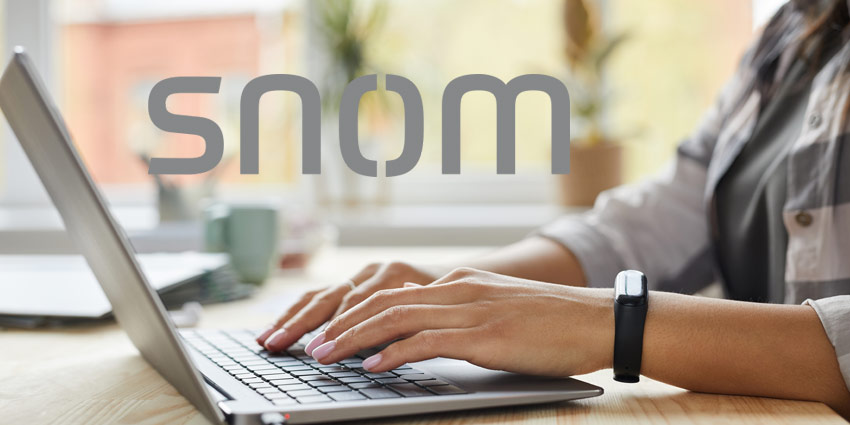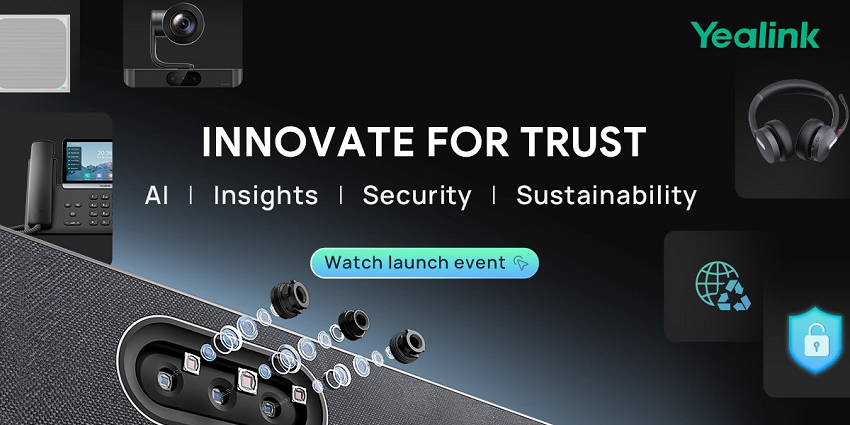COVID-19 has forced companies on a global scale to rethink the way they do business. Most people with a job had to change how they live, too. For enterprise leaders adamant on keeping employees in the office, and those most resistant to change, they got hit the hardest, one could say. They had to jump on board and adopt new methods of communication, via the phone and through video collaboration. These two methods are now the primary ways of remaining in contact. They have enabled a sense of business continuity some did not think would be possible prior to ‘the great work from home experience.’
Those in the industry understood the power of these tools, all it took was a crisis of global proportions to force many of the naysayers into the “I’m a believer.” Snom has seen an increase in demand for its devices, including headsets and conferencing tools, as well as an uptick in interest in solutions that will make the transition to home working easier. The company commissioned a survey to find out how workplace communications changed with the newfound reality of home-based working, and here’s what it found.
For starters, there are a lot of mixed feelings amongst the survey’s respondents on the impact of COVID-19 and workplace communication styles. Ninety percent of survey respondents said they now work from home due to the pandemic, but their opinion on whether homeworking affected their methods of communication was more close-cut, according to Snom. The survey found that 58 percent said WFH did impact their communication styles, while 42 percent stated that it hadn’t.
“The fact that the latter figure is so high might come as a surprise to some, given that many people got uprooted from their traditional office environment and had to adapt to a new set up at home – but the reality is that it confirms the acceptance of unified communications and the ability to access a company account across many devices”
Eighty-six percent of the survey’s participants explained they used ‘smart’ as well as softphones most often, whilst 54 percent told Snom they also use their desk phone for remote work. The employees who relied on desk phones were seeking features such as the ability to reach and get reached by everyone via their office number. They were also looking to keep access to company directories, speed dials/favorites, along with quality audio. More than a third of survey respondents expressed dissatisfaction with the audio quality of the smart and video solutions they used.
‘Poor connection quality,’ is also an issue raised by almost a third of Snom survey respondents, too. “No doubt the majority of us have experienced the frustration of an unstable internet connection to some degree – dropping out of an important video meeting or having to deal with delayed audio or video from one of the participants,” a spokesperson for Snom told me in a statement.
Sixty percent said they expect to have far fewer in-person meetings in a post-Coronavirus world, so preparedness, with the right tools and technology, remains key moving forward. Conferencing etiquette also remains an important factor for those working from home. “People in conference calls sometimes forget to self-mute leading to unwanted background noise and parallel conversations, which can become irritating. This will have a big impact on their willingness to switch to remote conferencing full-time,” I’m told.







